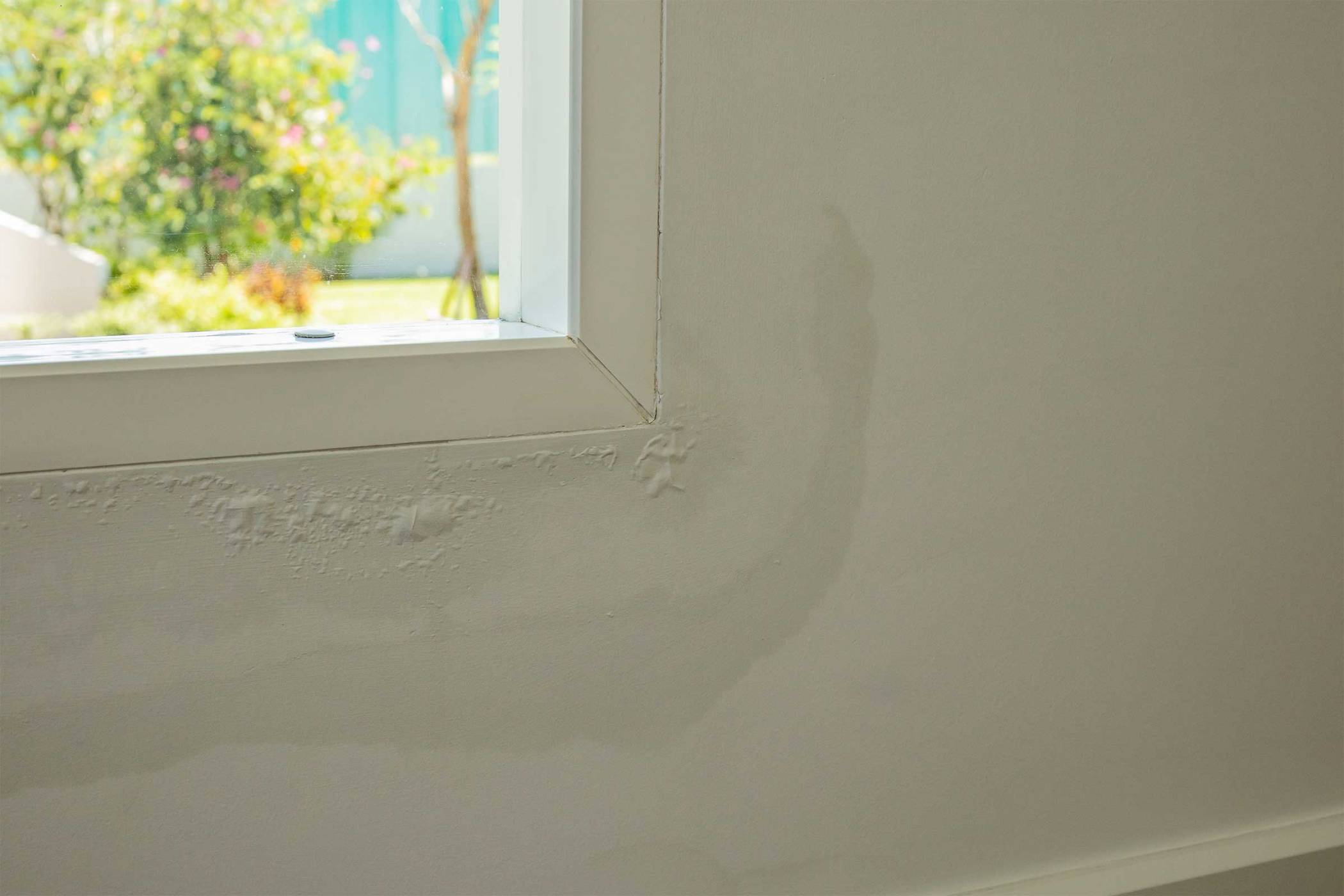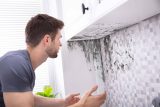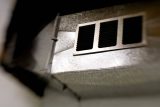How To Handle Water Damaged Walls & Ceilings
Homeowners
Call Now for 24/7 Emergencies574-385-9111
Posted by: David Sanner 2 years ago
Water is one of the most destructive forces your home can encounter. Like fire, it can cause catastrophic damage. Not all water damage should be treated the same way, so if you aren’t sure how to handle the water damage in your home, give us a call!

Address The Cause
The most important thing to address when it comes to water-damaged walls and ceilings is to find the source of damage. Sometimes it’s obvious like a burst pipe, storm damage, or an overflowing washing machine.
Often it’s more difficult to discover the cause as water damage can happen due to excess moisture like humidity and condensation.
If you’re seeing water spots on your ceiling or wall, your drywall has likely been soaked and once that happens the damage can spread quickly.
When To Call In The Professionals
When you aren’t sure what is causing signs of water damage, it’s always a good idea to call a professional.
If you spot any of the following signs of damage in your home, have it checked out right away:
- Mold or mildew growth
- Unexpected increase in your home’s water bill
- Musty odor
- Condensation on walls or windows
- Water stains (new or old) on the ceiling
- Peeling, flaking, or bubbling paint
Get Everything Dry
This is the most difficult part of addressing water damage, even for small leaks.
Once you’ve addressed the source of the damage and turned off your water, there are a variety of ways to dry a damp wall or ceiling but all need to include high-powered fans and dehumidifiers.
One of the benefits of having a restoration company like ours handle your home’s water damage is the professional-grade equipment we use.
Our team is trained to determine the most efficient way to dry each structure in your home and minimize the disruption to your home.
Our plan to dry your walls and ceiling will depend on your home’s insulation, if there is a moisture barrier, and the extent of the water damage.
Remove Water-Damaged Materials
Before you start to remove the damaged drywall in your home, be sure to cover the area completely with tarps or drop cloths. This will make cleanup easier and also protect undamaged surfaces from debris.
Remove all damaged drywall either by hand or with appropriate tools like a wrecking bar.
Always be sure to wear protective eyewear and a dust mask when doing small DIY demolition projects like this.
If you aren’t experienced in DIY projects like this, remember, it’s always safer to call a professional!
Patch And Repair
If you’re repairing a small area of drywall (less than 6 inches), the process is fairly simple. You can find videos on YouTube by home improvement stores like Lowes that show you which tools to use and what the process should include.
Call Lake City Restoration For Help
Water damage in your home is a serious problem and the longer it goes unaddressed, the more serious and extensive the damage can be. If you notice damp spots on your wall or ceiling, play it safe and call us for help to fix water damaged walls and ceilings.
Our services include water damage cleanup, fire damage restoration, storm damage repair, and other necessary restoration services.
If you have questions about how the restoration process works or what might work best for your home, give us a call today. Our restoration specialists are available 24/7!
Categories:
About: David Sanner
David’s mission is to always provide the best for each customer, using the latest technology and methods with integrity. Owning his own business has given him the freedom to embrace innovation, industry changes, and technological advancements quickly while providing services to a large geographic area.
You May Be Interested In:

Keep Your Home Safe With These Outdoor Grilling Tips
2 weeks ago by David Sanner

DIY Mold Removal: Is It Worth It?
4 weeks ago by David Sanner

The Impact of Restoration Services on Indoor Air Quality
1 month ago by David Sanner

Keep Your Home Safe While You’re On Vacation
2 months ago by David Sanner
Are You Currently Having an Emergency?
Whether you’re having an emergency now or you’ve recently found damage, we’re ready to help 24/7! Call us now or reach out to our contact page.